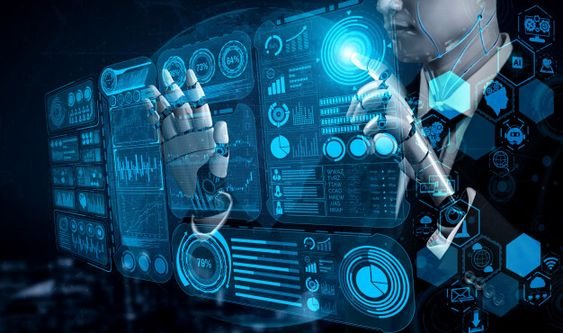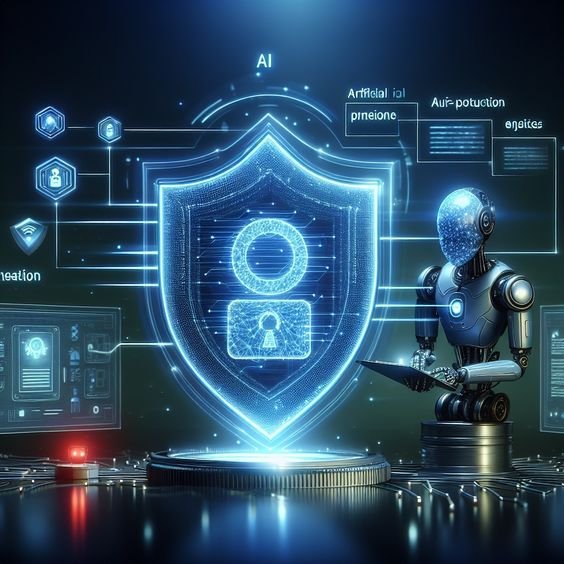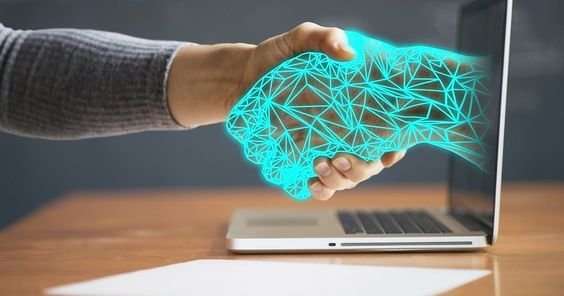
Biometric security, which leverages unique biological traits such as fingerprints, facial recognition, and iris scans, has emerged as a powerful tool for enhancing security in various applications. From unlocking smartphones to verifying identities at border crossings, biometrics has rapidly integrated into everyday life. However, as the technology evolves, it presents both significant opportunities and formidable challenges. This article delves into the future of biometric security, exploring the potential benefits and the hurdles that must be overcome.
The Rise of Biometric Security
What is Biometric Security?
Biometric security involves using individuals’ unique physical or behavioral characteristics for identification and access control. Common biometric modalities include:
- Fingerprint Recognition: Analyzing the patterns of ridges and valleys on a person’s fingertip.
- Facial Recognition: Mapping facial features and comparing them to stored data for identification.
- Iris and Retina Scanning: Examining the unique patterns in a person’s iris or retina.
- Voice Recognition: Identifying individuals based on voice patterns.
- Behavioral Biometrics: Monitoring patterns such as typing speed, mouse movements, and walking gait.
Biometric security systems have become increasingly popular due to their ability to offer a higher level of security compared to traditional methods like passwords and PINs, which can be easily forgotten, lost, or stolen.
The Current State of Biometric Security
Today, biometric security is widely used across various sectors:
- Consumer Electronics: Smartphones, tablets, and laptops often come equipped with fingerprint sensors and facial recognition software for secure unlocking and payments.
- Banking and Finance: Biometric authentication is used in mobile banking apps, ATMs, and payment systems to verify user identities.
- Law Enforcement: Facial recognition is used to identify suspects, while fingerprint databases aid in criminal investigations.
- Border Control: Airports and border crossings use biometric systems for identity verification and to speed up the immigration process.
Opportunities in Biometric Security
1. Enhanced Security and Convenience
One of the most significant advantages of biometric security is its ability to provide both enhanced security and convenience. Biometric traits are unique to each individual, making it difficult for unauthorized users to gain access. Additionally, biometric authentication eliminates the need to remember complex passwords or carry security tokens, streamlining the user experience.
2. Integration with AI and Machine Learning
The integration of biometric systems with artificial intelligence (AI) and machine learning (ML) opens up new possibilities for enhancing security. AI and ML algorithms can analyze biometric data more accurately, detect anomalies, and adapt to changing conditions, such as aging or changes in appearance. This allows for more robust and reliable security systems that can evolve over time.
3. Widespread Adoption in Financial Services
Biometric security is poised to play a critical role in the financial sector. As digital banking continues to grow, biometrics can provide secure and seamless customer authentication. For example, voice recognition can be used for secure transactions over the phone, while facial recognition can streamline identity verification during online account creation.
4. Improved Identity Verification for Remote Work
The rise of remote work has created a demand for secure, reliable identity verification methods. Biometric security offers a solution by enabling remote workers to authenticate their identities from anywhere, reducing the risk of unauthorized access to corporate systems. This can be particularly beneficial for industries with strict security requirements, such as healthcare, finance, and government.
5. Health and Safety Applications
Biometric security can also contribute to health and safety efforts. For example, contactless biometric systems, such as facial recognition and iris scanning, can reduce the need for physical contact, which is crucial in the context of the COVID-19 pandemic and other health concerns. Additionally, biometric data can be used to monitor health conditions, such as detecting early signs of stress or illness based on voice patterns or facial expressions.
Challenges in Biometric Security
1. Privacy Concerns
One of the most significant challenges in biometric security is the issue of privacy. Biometric data is highly sensitive, and its misuse can have severe consequences for individuals. Concerns include the potential for surveillance, data breaches, and the unauthorized sharing of biometric information. As biometric systems become more prevalent, there is a growing need for robust privacy regulations and data protection measures to safeguard individuals’ rights.
2. Security Risks and Spoofing
While biometric security is generally more secure than traditional methods, it is not immune to risks. Hackers can potentially spoof biometric data, such as creating fake fingerprints or using photographs to trick facial recognition systems. Additionally, if biometric data is compromised in a data breach, it cannot be changed like a password, making it a permanent vulnerability. Developing advanced anti-spoofing technologies and secure storage methods is crucial to addressing these risks.
3. Bias and Fairness in AI Algorithms
The accuracy and fairness of biometric systems are heavily dependent on the quality of the underlying AI algorithms. Bias in these algorithms can lead to false positives or negatives, particularly for individuals from certain demographic groups. For example, studies have shown that facial recognition systems can be less accurate for people with darker skin tones. Ensuring that biometric systems are fair and unbiased requires ongoing research, diverse data sets, and rigorous testing.
4. Technical Limitations
Biometric systems are not foolproof and can be affected by various factors, such as lighting conditions, aging, injuries, or even changes in voice due to illness. These limitations can lead to authentication failures, reducing user trust in the technology. Continuous improvement in sensor technology, AI algorithms, and user experience design is necessary to overcome these challenges.
5. Ethical and Legal Considerations
The widespread use of biometric security raises important ethical and legal questions. For instance, should individuals be required to provide biometric data to access essential services? How should biometric data be stored and used? Who is responsible in the event of a data breach? Governments, businesses, and regulatory bodies must work together to establish clear guidelines and legal frameworks that address these issues while balancing security needs with individual rights.
The Future of Biometric Security
1. Advancements in Multimodal Biometrics
The future of biometric security lies in multimodal systems that combine multiple biometric traits, such as fingerprints, facial recognition, and voice recognition, to enhance accuracy and security. By using more than one biometric modality, these systems can reduce the risk of spoofing and provide more reliable authentication. For example, a smartphone could require both a fingerprint scan and facial recognition to unlock, making it more challenging for unauthorized users to gain access.
2. Blockchain for Secure Biometric Data Storage
Blockchain technology has the potential to revolutionize the way biometric data is stored and managed. By using blockchain’s decentralized and tamper-proof nature, biometric data can be securely stored and accessed only by authorized parties. This could reduce the risk of data breaches and ensure that individuals maintain control over their biometric information.
3. Biometrics in Decentralized Identity Systems
Decentralized identity systems, which allow individuals to control their own digital identities, could benefit from the integration of biometric security. In such systems, biometric data could be used to verify an individual’s identity without relying on centralized databases, reducing the risk of identity theft and enhancing privacy.
4. Continuous Authentication
Continuous authentication involves monitoring biometric traits in real-time to ensure that the authenticated user remains the same over time. For example, a system could continuously analyze a user’s typing patterns, voice, or facial expressions while they work to ensure that the person who initially logged in is still the one using the system. This approach can provide a higher level of security by detecting unauthorized access attempts in real-time.
5. Ethical AI and Transparent Algorithms
As AI continues to play a central role in biometric security, there will be an increasing focus on developing ethical AI algorithms that are transparent, fair, and accountable. Efforts to eliminate bias, improve accuracy, and ensure that AI-driven decisions can be explained and audited will be crucial in building trust in biometric systems.
Conclusion
The future of biometric security is filled with exciting opportunities and significant challenges. As the technology continues to advance, it will play an increasingly important role in securing digital identities, protecting sensitive information, and enhancing user experiences across various sectors. However, addressing the challenges of privacy, security, bias, and ethical considerations will be essential to ensuring that biometric security is both effective and trustworthy. By embracing innovation while maintaining a focus on fairness and user rights, we can unlock the full potential of biometric security in the years to come.








